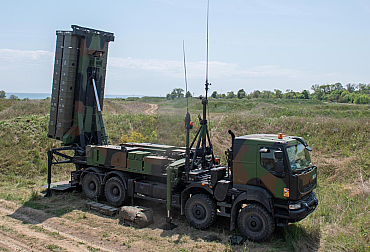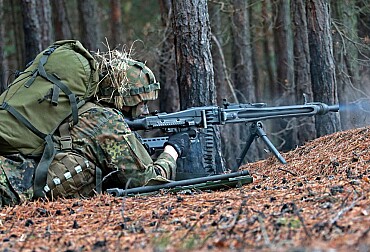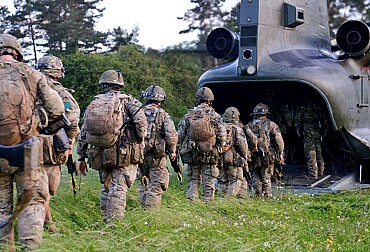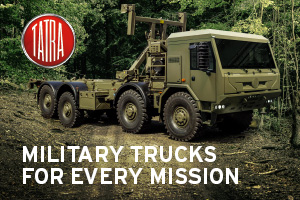Use of drones for the targeted elimination of VIPs
The development and use of aerial drones is one of the defining features of the conflicts of the first decades of the 21st century. Although the original role of drones on the battlefield was reconnaissance and surveillance, these systems have increasingly come to be used for offensive operations. Since approximately 2013, freely available drones have appeared on the market, spreading the technology to non-state actors and terrorist organizations like the Islamic State. Today, any top politician or leader must take into account the risk of an attack through or with the support of widely available drones.
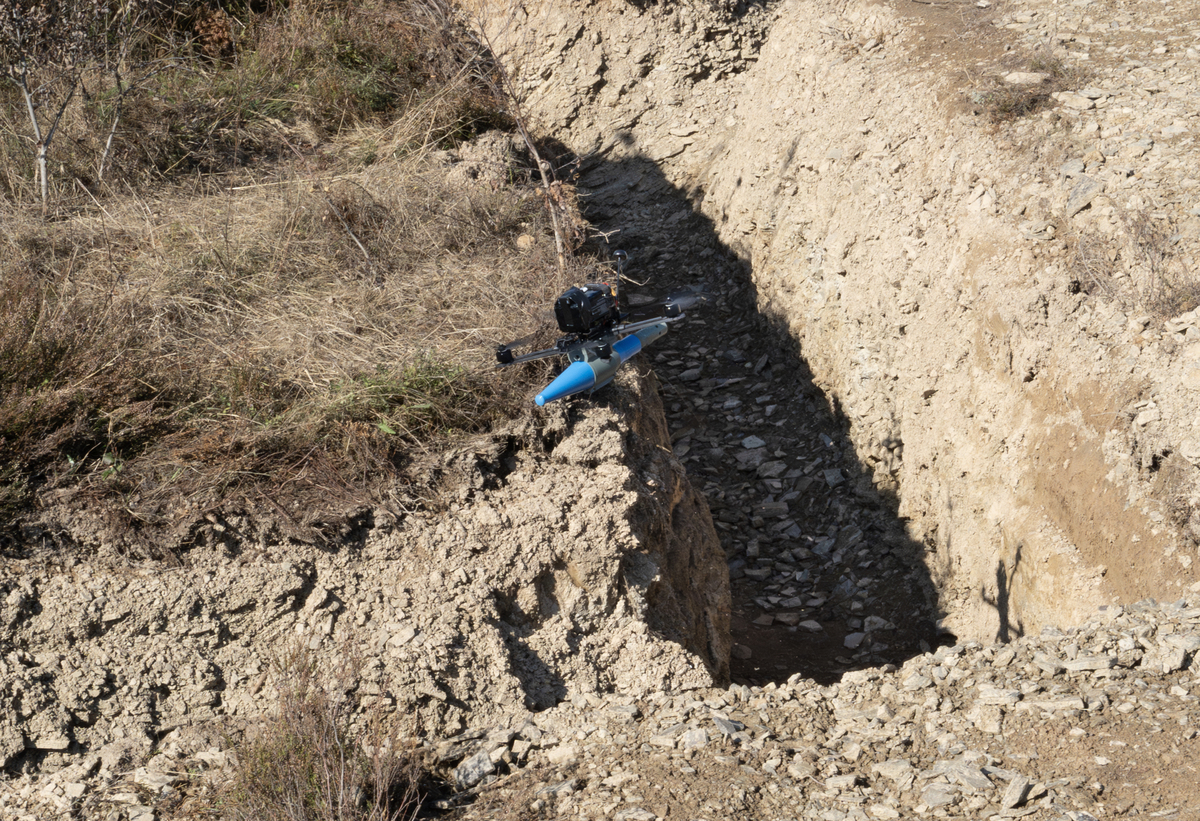
For example, Venezuelan President Nicolás Maduro and re-elected US President Donald Trump could tell about it. Nicolás Maduro survived a drone attack in 2018, and in last year's attack on Donald Trump, the drone was used by the attacker to reconnoiter the target area. The war in Ukraine, which expanded to a full-scale interstate war in early 2022, can then be described as something of a revolution in the use of small, simple unmanned aerial systems for offensive operations. The replacement of much larger devices with smaller ones thus heralds a rapidly arriving era of cheap and effective targeted killings. On the other hand, medium tactical drones will continue to play a significant role on the modern battlefield.
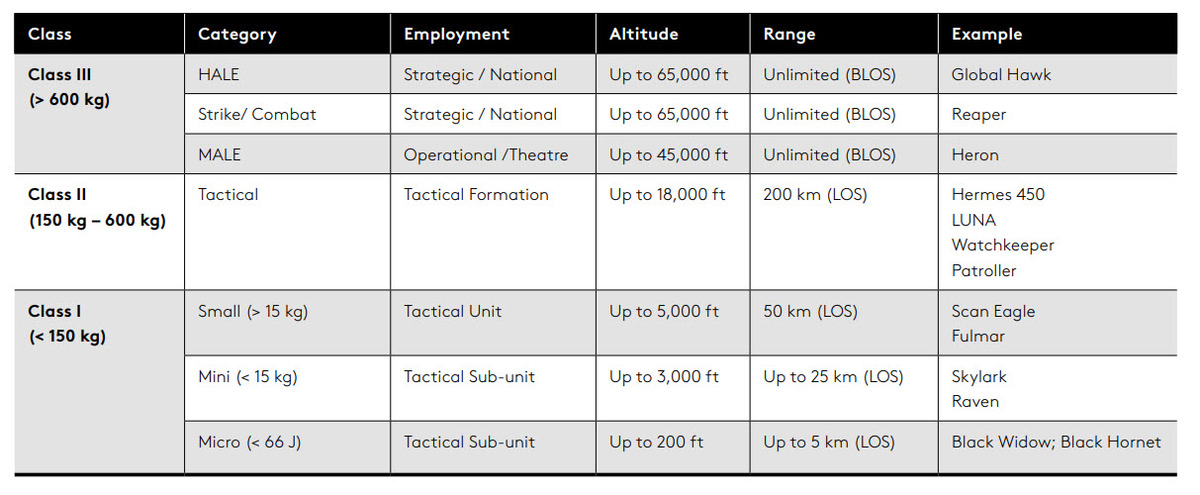
So far, the most successful country in "surgically precise" killing of enemy leaders using drones is the United States. The near-legendary MQ1-Predator and MQ-9 Reaper drones with AGM-114 Hellfire missiles manufactured by General Atomics have distinguished themselves during Washington's war on terror. They were responsible for killing Ayman az-Zawahiri (al-Qaeda leader after the death of Osama bin Laden), Anwar al-Awlaki (jihadist propagandist and US citizen) and Qassim Suleimani (Iranian general and mastermind of anti-American attacks in the Middle East).
The U.S. government's targeted killing program has historically relied on large systems that use the same missiles and munitions, similar to manned aircraft, to carry out strikes. However, these types of drones have been out of reach of non-state actors due to their technological advancement and their understandable absence on the open market. The advent of small and relatively inexpensive civilian drones has allowed almost every person, group, movement, and organization in the world to begin using these devices as well.
The revolution came in 2013, when the DJI Phantom quadcopter from Chinese company SZ DJI Technology was launched. Almost immediately, the Islamic State began deploying them in its operations. Initially, this was for reconnaissance and recording attacks for propaganda purposes, but by 2016 at the latest, their use shifted to offensive missions. In the case of small drones, typically quadcopters with rotating propellers, the operator either drops a munition (a grenade or mortar round) on the target or attacks in the form of a kamikaze attack. In this case, the drone flies into or near the target and detonates by approach or impact ('first-person view' or first-person view drones). The Islamic State has adopted both options for drone attacks.
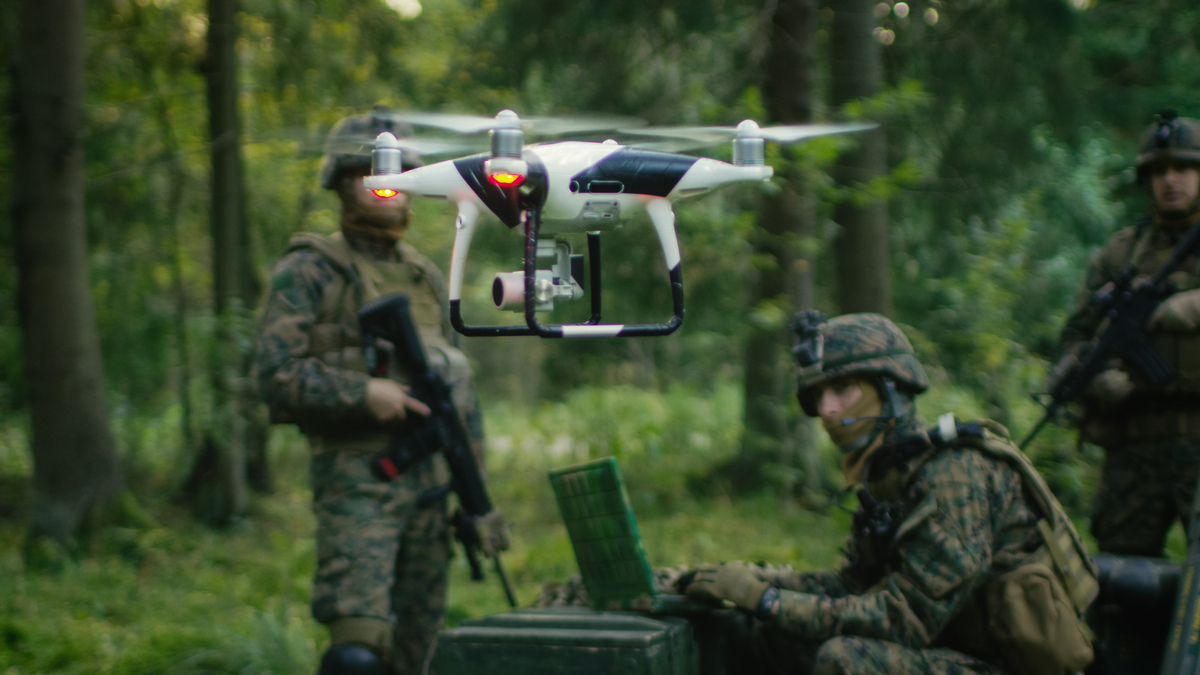
The use of small drones by Islamic terrorists in the Middle East has become such a problem that in 2017, one of the US commanders at the time identified them as one of the biggest threats facing his command. Yet the Islamic State was not the only non-state actor to use drones. Yemen's Houthis, for example, used Iran-supplied Qasef-2K systems to attack the military leadership (specific individuals) of the internationally recognized Yemeni government in 2019.
Outside the Middle East, the most significant attempts at targeted killing (a euphemism for "assassination" according to some legal interpretations) using drones occurred in Venezuela in 2018 and in the United States in 2024. President Maduro has ruled Venezuela since 2013, replacing his socialist predecessor Hugo Chávez after his death from cancer. He does not hesitate to imprison his political opponents and, in addition, supports radical left-wing paramilitary gangs (colectivos) to harass and murder opponents of 'socialism', not to mention the FAES (Fuerzas de Acciones Especiales de la Policía Nacional Bolivariana) special forces used as government death squads. These activities have won Maduro many enemies in his own country. On 4 August 2018, some of the President's opponents attempted to physically eliminate him through drones loaded with explosives. Two DJI Matrice 600 drones with C4 plastic explosives flew towards Maduro as he was giving a speech to members of the Venezuelan National Guard. Neither drone got close enough to harm him. However, seven Guardsmen present suffered injuries. In this case, it was a failed kamikaze-style attack because the drones exploded prematurely before reaching their target. It is not known how their payload was detonated.
The second case was the attempted assassination of now re-elected US President Donald Trump. The drone then played only a reconnaissance role. SZ DJI Technology's system merely mapped the area where Trump was to speak later in the day. The attack itself was carried out by a sniper, whose shot miraculously missed the incoming president.
Both of these attempts illustrate the technological advances that small drones with limited offensive capabilities have made in recent years. They can be expected to soon pose a much greater danger to political leaders around the world. As reported by the website Militant Wire, drones will not be limited to reconnaissance activities in future attacks on state leaders and non-state actors.
The experience of using drones to do this has been growing dramatically since the Russian invasion of Ukraine in February 2022. Small drones have been used massively on the battlefield for offensive operations, and the most significant new development has been the deployment of FPV drones in kamikaze-style attacks. Working with system operators using DJI camera equipment for surveillance and reconnaissance, Ukrainian and Russian forces are flying drones loaded with rocket-propelled grenades, mortar shells, and improvised explosive devices. The basic tactics of their use resemble those of sniper teams, which require the cooperation of an observer and a gunner to search for and attack targets.
The proliferation of affordable and easily piloted FPV drones, coupled with the greater number of skilled operators generated by the Ukraine-Russia war, arguably portends a future of targeted killings. Already, drones are being used to attempt to kill prominent political leaders, as in the cases of Nicolás Maduro and Donald Trump. Thus, the biggest obstacle to the use of these systems is likely to be the ability of the attacker to acquire and safely operate a suitable explosive charge. This threat will increase significantly with the massive proliferation of autonomous and semi-autonomous drones that will seek their targets without the need for operator involvement.





